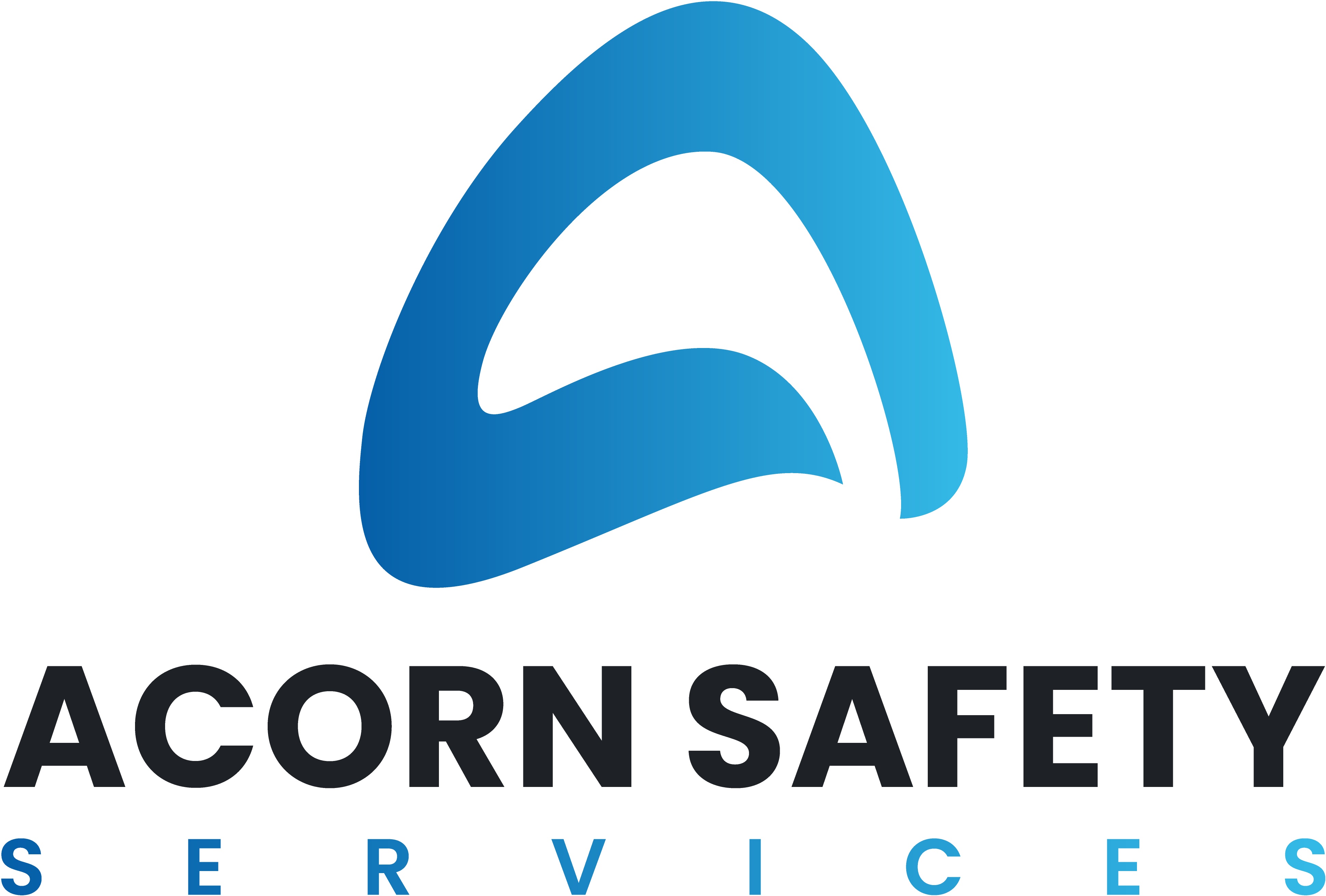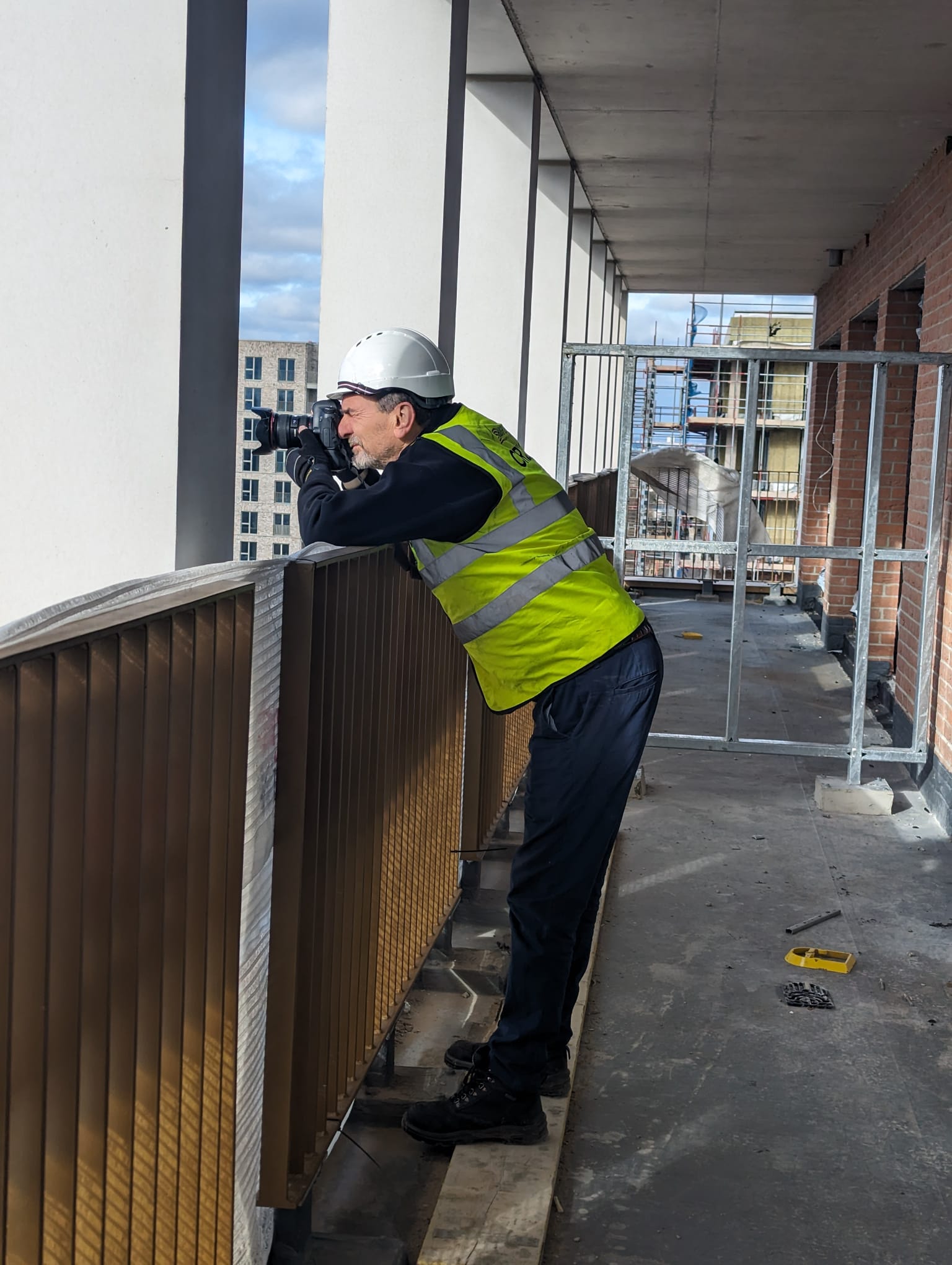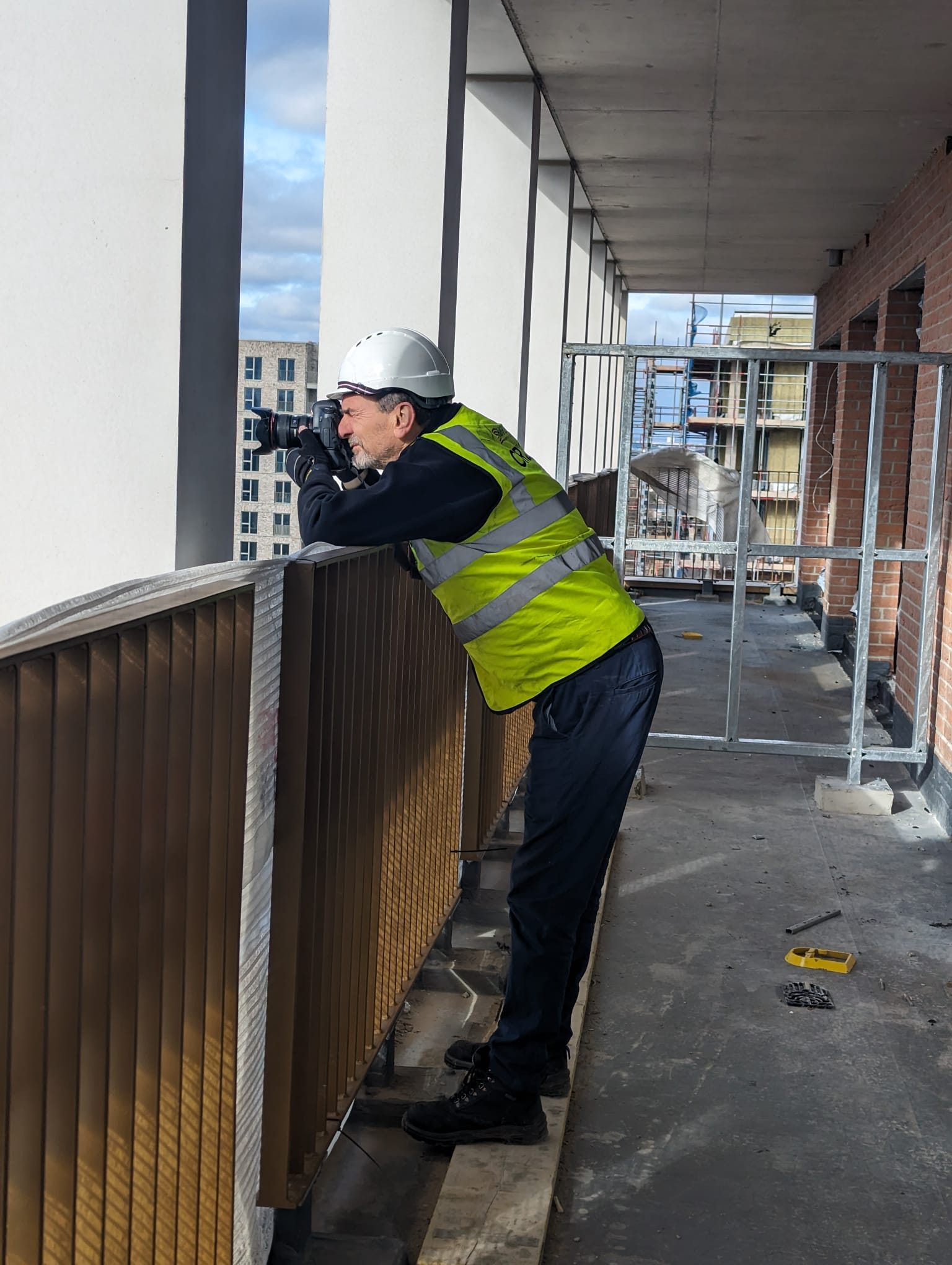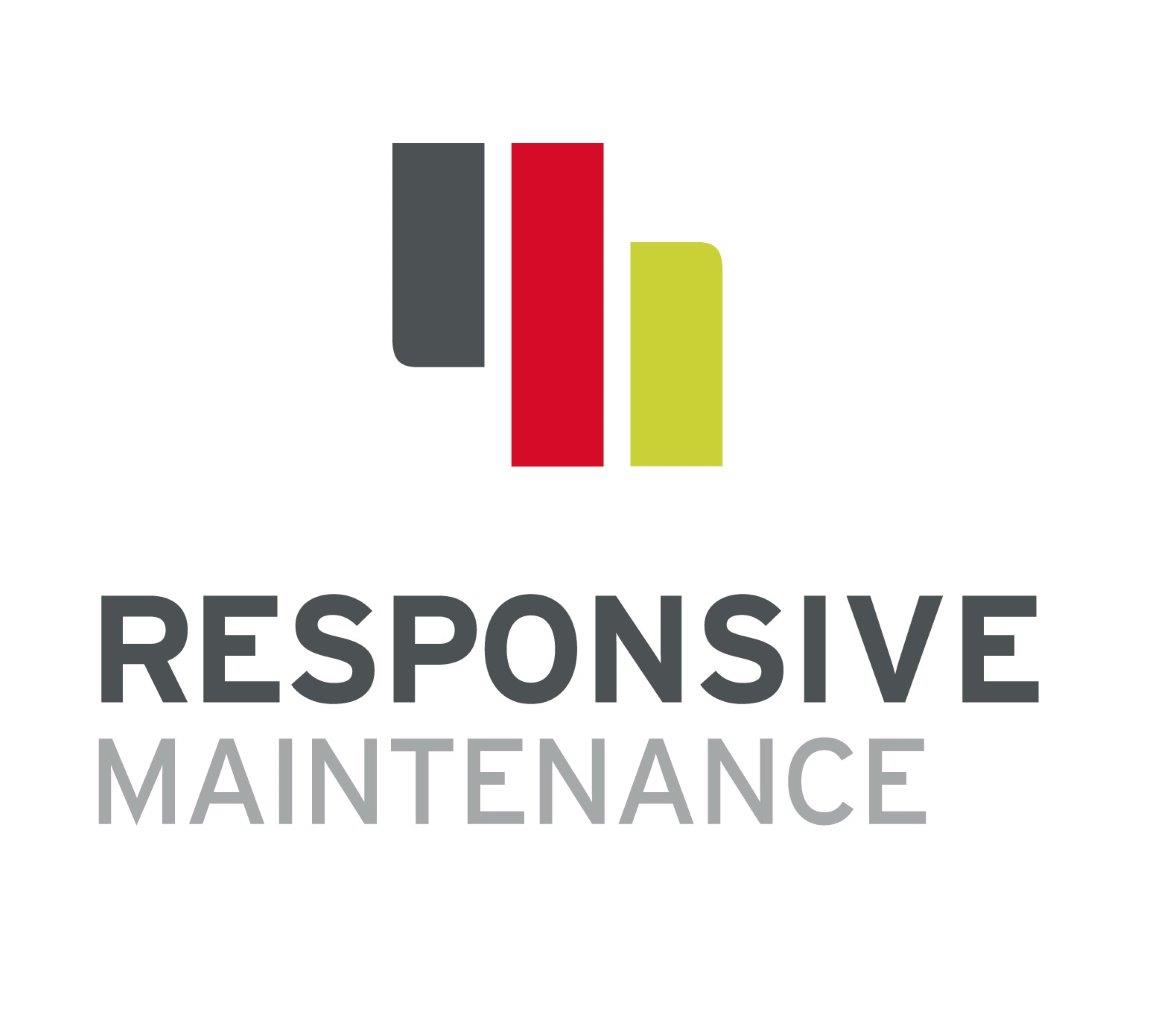Title Page
-
Audit Title
-
Client / Site
-
Conducted on
-
Prepared by
Building Description
-
Describe building (no. floors, make up, size and age)
Regulatory Reform (Fire Safety) Order 2005
-
Following the introduction of the Regulatory Reform Order (RRO) and the Fire Safety (England) Regulations 2022 every building which constitutes a place of work (which includes residential common areas but not the apartments themselves) should have a fire risk assessment carried out to ensure adequate levels of fire safety are maintained.
This report does not include detailed safety procedures or method statements for management of the risks identified during the inspection. Our standard service allows for the provision of guidance to enable the employer/responsible person(s) the opportunities to control/eliminate the defects within an appropriate timescale and achieve legal compliance.
The report only addresses those parts of the property which were accessible at the time of the visit and all recommendations included within this report are solely based upon the evidence seen at the time of our inspection. Risk assessment is a subjective process and no assurances can be guaranteed that subsequent inspections undertaken by a member of an enforcing authority (with statutory powers) will not result in a different evaluation of the level of fire risk.
The purpose of the assessment was to address all applicable statutory requirements as imposed by current fire safety legislation; including the fire safety (England) regulations 2022. The assessments are intended to be suitable and sufficient in identifying the risks to employees and other persons who may be affected by the activities undertaken at the property.
Recommended Timescale for Review
Article 11 of the Regulatory Reform (Fire Safety) Order 2005 (RRFSO) requires the Responsible Person to review and if necessary, modify their risk assessments. Assessments should not be seen as a once-and-for-all activity.
The nature of the works undertaken at the property, the personnel involved the nature of hazards and their associated risks must be regularly reviewed.
In line with Article 11 of the RRFSO the Responsible Person has a duty to review the risk assessment if there are any reasons to suggest that it may no longer be valid (or can be improved, in the event of a recent occurrence).
It should be seen as being prudent to plan to review risk assessments at regular intervals. The time between reviews being dependent on the nature of the risks and the degree of change likely in the work activity.
Acorn Safety Services Ltd has assessed the fire risks and the nature of the business (as seen at the time of our visit) and recommends a review be undertaken on an annual basis.
Person responsible for the fire safety
-
undefined
How many people work in the Premises.
-
undefined
1.0 Assessment and operational review
-
1.1 - Has a previous fire risk assessment been done?
-
1.2 - Are there any building changes since the last FRA?
-
undefined
2.0 Fire safety review
-
2.1 - All fire extinguishers remain unobstructed?
-
2.2 - Are fire exits unobstructed and fire routes protected?
-
2.3 - Are all fire exits in good working order?
-
2.4 - Are all fire exits easy to operate by anyone?
-
2.5 - If a fire panel is present, is it working properly and when was it last serviced?
-
2.6 - All fire call points free from obstruction?
-
2.7 - Are all in building fire doors kept closed?
-
2.8 - If door guards in place, inspected, and are they working properly?
3.0 Testing, Drills and Records
-
3.1 - Is there a fire log book and is it up to date?
-
3.2 - Is the fire alarm sounded weekly?
-
3.3 - Are all drills and evacuations log in the fire book?
-
3.4 - Is there monthly and annual testing of the emergency escape lights?
4.0 Fire Wardens and Training
-
4.1 - Is there a sufficient amount of trained fire wardens to cover all shifts, annual leave and absences?
5.0 Fire hazards and elimination or control
-
5.1 - Is fixed wiring installation periodically tested?
-
5.2 - Are portable applications tested on a regular basis including portable heaters?
-
5.3 - Is there evidence of daisy chains or multi tree adapters?
-
5.4 - If the building has a sprinkler system, is it serviced regularly?
6.0 Smoking
-
6.1 - Is smoking prohibited in the building?
-
6.2 - Is there a designated smoking area and is it a sufficient distance from the building?
-
6.3 - Is there statutory no smoking signs?
7.0 Arson
-
7.1- Is there a suitable measures to prevent arson?
8.0 Heating
-
8.1 - If heaters are present are they in good condition?
9.0 Cooking facilities
-
9.1 - Correct fire extinguishers available in the kitchen/canteen?
-
9.2 - Is waste controlled within the welfare areas?
-
9.3 - Are cooking facilities in good working order? (microwave, toaster, etc)
10.0 Means of escape
-
10.1 - Are there sufficient amount of fire exits in the building?
-
10.2 - Do all exit doors open in the same direction of travel
-
10.3 - Is there a designated assembly point and is it a safe distance from the building?
-
10.4 - If emergency lighting is installed, are all lights working correctly?
-
10.5 - If installed, are all fire exit lights working?
-
10.6 - Are fire exits wide enough for a wheelchair user? (Minimum 800mm)
-
10.7 - Do they have procedures for the Mobility Impaired? i.e Personal Evacuation Emergency Plan (PEEP's)
-
10.8 - Is there a maintained refuge area with call point?
11.0 fire extinguishers
-
11.1 - Are extinguishers suitable to the fire risk present?
-
11.2 - How many fire extinguishers does the premises have? State type and how many.
- water
- foam
- CO2
- Other
-
11.3 - Last service date
-
11.4 - Are all fire extinguishers free from obstruction?
12.0 Fire safety signage
-
12.1 - Is there a sufficient amount of fire safety signage?
-
12.2 - Is the fire plan up clearly marked and easy to read?
13.0 housekeeping
-
13.1 - Is their a general standard of housekeeping?
-
13.2 - Are combustible materials separated from ignition source?
-
13.3 - Are all cleaning chemical stored in a dry safe place?
-
13.4 - Are all fire exits free from clutter front and back?
14.0 Fire loss experience
-
14.1 - Any history of fire loss in the last 5years?
-
14.2 - Any enforcement action last 5years?
Risk rating
-
The following assessment is based on fire and health and safety risk level. Take in to consideration the fire prevention measures observed while on site at the time of the assessment. In this context, a definition of the above terms is as follows:
Low - Unusually low likelihood of fire as a result of negligible potential sources of ignition.
Medium - Normal fire hazards (e.g. potential ignition sources) for this type of occupancy, with fire hazards generally subject to appropriate controls (other than minor shortcomings).
High - Lack of adequate controls applied to one or more significant fire hazards, such as to result in a significant increase in the likelihood of fire. -
Hazard rating
Additional Comments
-
Relevant Items Not Addressed Previously
-
Additional Photographs
Sign off
-
Site representative.
-
Auditor's signature













